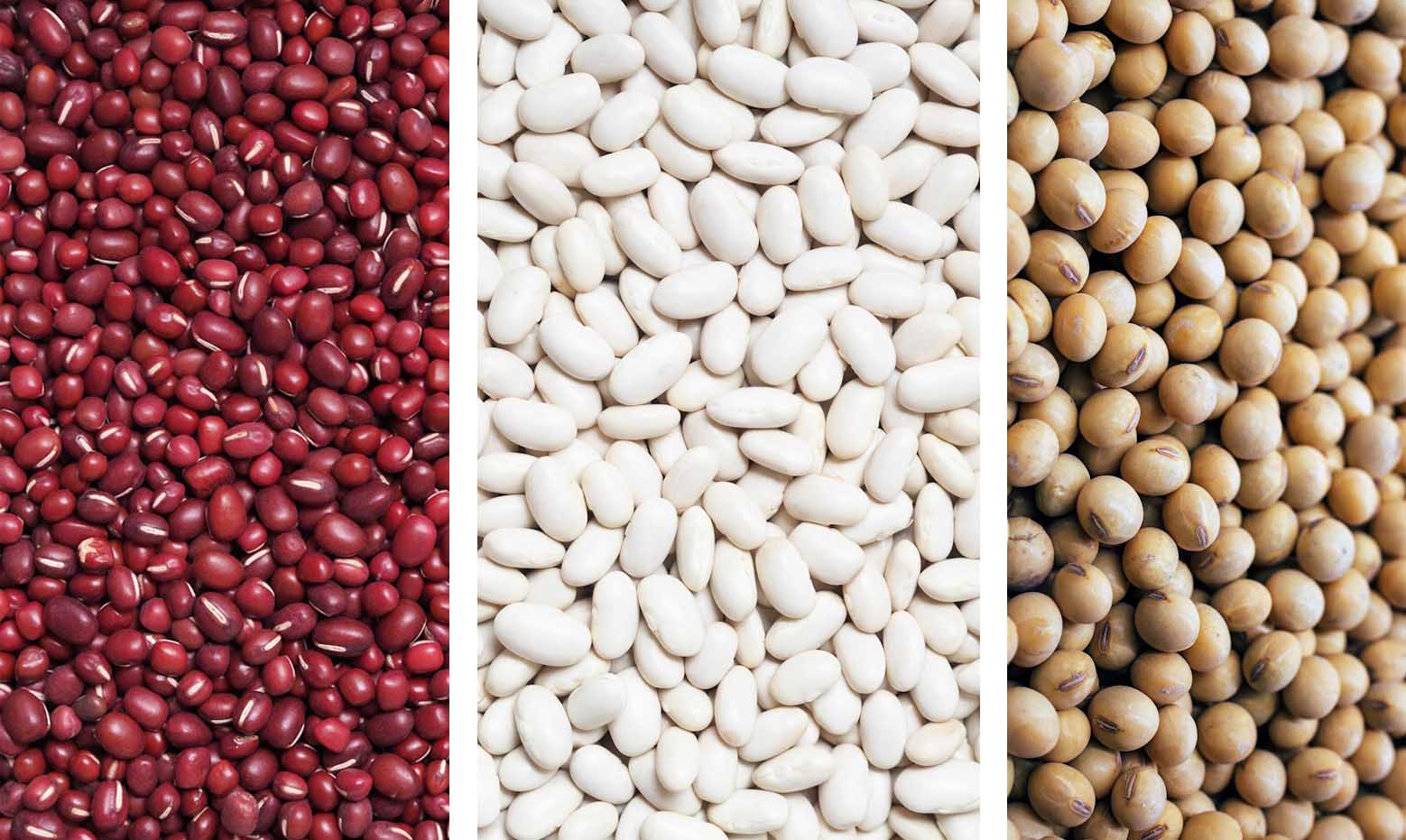AI Sorter
Color Sorter
NIR Sorter
X-ray Sorter
Sensor-based Sorting Machine
What is Sorting Machine?
Sorting Machine is according to the features differences such as color of product, using sensor to drive solenoid valve to sort out different granular materials.
Sorting machines are used in various industrial applications, including agriculture, chemical industry, manufacturing, and many other fields. For instance, in
agriculture, they can be used to sort seeds, in the chemical industry to sort raw materials, and in manufacturing to distinguish products of different
qualities.
We provides a broad portfolio of sensor-based optical sorting technology. Automated sorting technology is faster and more efficient than its traditional counterpart. Promote sustainable development for Food Industry, Waste Recycling Industry, Mining Industry.

How the sorting machine works
AI Sorting Machines combine multiple sensor technologies with artificial intelligence to achieve highly efficient and accurate material sorting. The working principle relies on three key components working in perfect harmony: sensor detection systems, real-time data processing, and precise actuator mechanisms.
AI Sorting Machines employ an array of sophisticated sensors to capture comprehensive material characteristics. High-resolution CCD cameras provide detailed color and shape information, while NIR (Near Infrared) sensors analyze molecular composition, and X-ray sensors detect internal density variations. This multi-modal sensing approach allows the machine to recognize subtle differences invisible to human inspectors.
The sensor array operates like a superhuman inspection team, where each specialized sensor contributes unique detection capabilities. By combining data from optical, infrared, and X-ray sources, the system builds a complete digital fingerprint of each particle moving through the sorting line. This comprehensive data collection forms the foundation for the AI's decision-making process.

Sorting Machine Working Principle
Sorting Machines operate by utilizing advanced sensor technology to detect differences in the optical, infrared, or X-ray properties of materials. These machines capture minute variations in items such as color, texture, or composition, which are then analyzed to separate high-quality from defective or unwanted particles. The process is highly efficient and significantly faster than manual sorting, making it indispensable in industries like food processing and recycling.
The key to this technology lies in its ability to make rapid, precise decisions based on real-time data. Once the sensors identify discrepancies, the system triggers mechanisms like air jets or mechanical arms to divert the unwanted materials from the production line. This ensures a consistent output of purified or sorted materials, enhancing both quality and productivity.
Working System and Steps
The sorting machine is mainly composed of a feeding system, an optical detection system, a signal processing system and a separation execution system.
Modern sorting machines follow a precise and highly efficient workflow to accomplish material separation based on predefined criteria. The entire process, from material intake to final sorting, involves multiple stages including detection, recognition, segregation, and collection. Each stage is optimized to ensure maximum accuracy and minimal waste, revolutionizing industries like food processing, recycling, and mining by replacing manual or less advanced sorting methods.
Initially, raw material is fed into the machine via a conveyor belt or feeding system, ensuring a steady flow for continuous operation. The material then passes through high-precision sensors which collect comprehensive data about each particle. Following this, an intelligent AI-driven system analyzes the collected information in real-time and makes instantaneous sorting decisions, finally directing the ejection mechanism to separate unwanted particles from the desired product. This seamless integration of hardware and software allows for unparalleled sorting efficiency.
The first critical phase involves scanning each particle using high-speed sensors such as high-resolution CCD cameras, infrared scanners, or X-ray detectors. These sensors capture detailed visual or spectral data, enabling the machine to identify minute variations in color, texture, density, or composition. Advanced models may even utilize hyperspectral imaging to gather data across a broad spectrum of wavelengths, providing deeper insights into material properties that are invisible to the naked eye.
With the data in hand, the AI system performs a rapid analysis to distinguish between acceptable and unacceptable particles. Leveraging machine learning algorithms, the system can identify patterns or anomalies that may indicate contaminants, foreign materials, or low-grade products. The decision-making is near-instantaneous, ensuring that high-speed production lines do not suffer from bottlenecks while maintaining rigorous quality control.
Core Features and Advantages of Sorting Machine
We boast several key features that set them apart from conventional sorting methods. Their high-speed processing capabilities allow them to handle large volumes of material without compromising accuracy. Additionally, their non-destructive nature preserves the quality of the sorted product, whether it's grains, plastics, or minerals. The adaptability of these machines enables customization for specific material types and sorting criteria.
One of the standout advantages is their contribution to sustainability. By reducing waste and improving resource efficiency, color sorters align with global environmental goals. They also enhance workplace safety by minimizing human exposure to hazardous materials. With minimal maintenance requirements and long operational lifespans, they offer a cost-effective solution for industries aiming to modernize their operations.
Once the AI makes its determination, specialized actuators spring into action with remarkable speed and precision. Compressed air nozzles, controlled by high-speed electromagnetic valves, provide the physical means to separate materials. These actuators can operate at rates exceeding thousands of activations per minute, with timing accuracy measured in milliseconds.
Finally, different types of materials fall into different positions, achieving the purpose of sorting.
Applications of Sorting Machine
Sorting machines are versatile tools employed across multiple industries. In the food sector, they ensure the purity of grains, nuts, and seeds by removing discolored or contaminated particles. The recycling industry uses them to separate plastics, glass, and metals by color, improving the efficiency of material recovery. Mining operations benefit from their ability to sort ores and gemstones, enhancing both quality and profitability.
Beyond these primary uses, sorting machines are increasingly adopted in pharmaceuticals and textiles, where precision and hygiene are critical. Their ability to integrate with existing production lines makes them a valuable asset for businesses seeking to automate and optimize their processes.
Buying Guide
When selecting a sorting machine, consider factors such as material type, required throughput, and desired accuracy. Machines tailored for food processing may prioritize hygiene features, while those for mining might emphasize durability. You need to choose different sensors according to the feed type. For example, for feeds with obvious color distinction, you can use a color sorter. For distinguishing organic and inorganic materials, you can use an NIR Sorter. Evaluate the sensor technology and ejection system to ensure compatibility with your specific needs. Consulting with manufacturers for custom solutions can also be beneficial.
Maintenance Guide
Regular maintenance is essential to prolong the lifespan of a sorting machine. Routine cleaning of optical sensors and nozzles prevents buildup that could impair performance. Periodic calibration ensures consistent accuracy, while software updates keep the system running smoothly. Always follow the manufacturer's guidelines for spare parts replacement and servicing intervals to avoid unexpected downtime.
How to Choose a Sorting Machine?
Selecting the right sorting machine depends heavily on the specific materials you need to process and the desired sorting criteria. Different types of sorting machines are designed to handle various challenges in material separation, leveraging distinct technologies such as color recognition, near-infrared spectroscopy, X-ray imaging, and AI-driven analysis. Understanding the unique capabilities of each type ensures optimal efficiency and accuracy in your operations.
Color Sorters, for instance, are ideal for applications where visual differences in hue or brightness matter most, such as removing discolored grains or sorting plastics by color. AI-powered sorters bring an advanced level of adaptability, continuously improving their recognition algorithms to handle complex sorting tasks with unmatched precision, making them perfect for rapidly changing or highly variable materials.
Practical examples can help illustrate the best use cases for each sorting machine. In the food industry, for example, NIR Sorters excel at distinguishing between organic and non-organic materials based on their molecular composition, allowing for the efficient removal of foreign objects like stones or glass from legumes. Similarly, X-ray Sorters are indispensable in recycling plants where they detect and eliminate heavy metals or other contaminants hidden within shredded plastic or electronic waste.
Meanwhile, sensor-based sorting machines combine multiple technologies to provide versatile solutions. These machines are widely used in mining operations to separate valuable ores from waste rock by analyzing mineral composition. By assessing your production requirements and potential material variances, you can determine whether a single-technology or multi-sensor approach would provide the best return on investment for your sorting needs.

